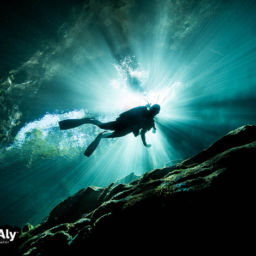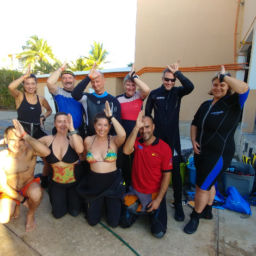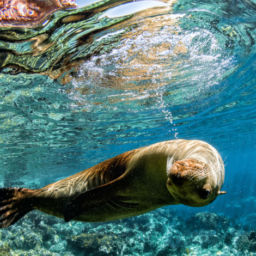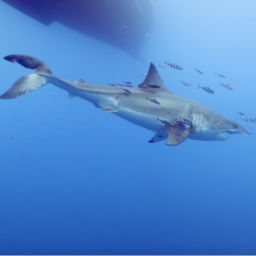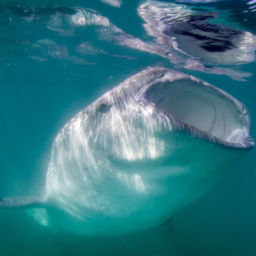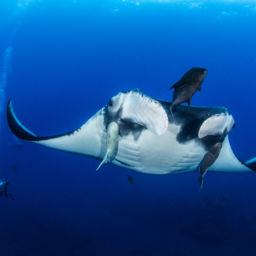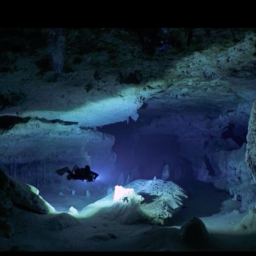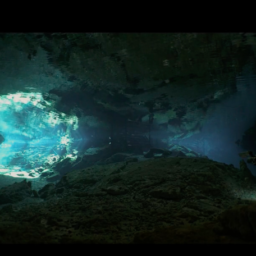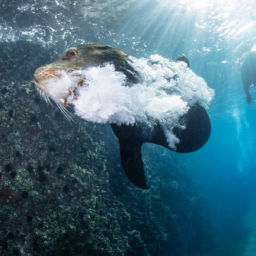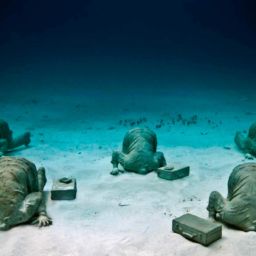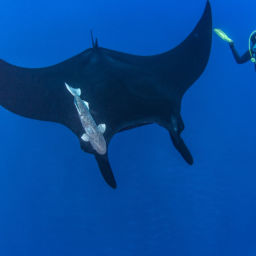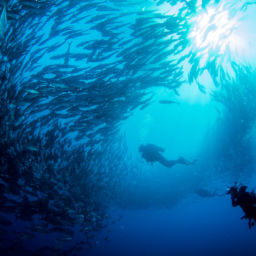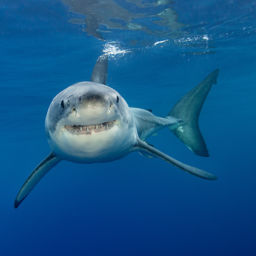Many divers will have been to, or at least heard of, Socorro Island, part of the Revillagigedo Archipelago off Mexico’s Pacific Coast. In July 2016, UNESCO declared the archipelago a World Heritage site, and in late November of this year, Mexican President Enrique Peña Nieto designated the area the Revillagigedo Archipelago National Park, thereby creating the largest ocean reserve in North America. The nearly 58,000-square-mile (150,000 square kilometers) reserve protects four uninhabited volcanic islands: Claríon, Roca Partida, Socorro and San Benedicto, which are about 240 miles (390 km) southwest of Cabo San Lucas.
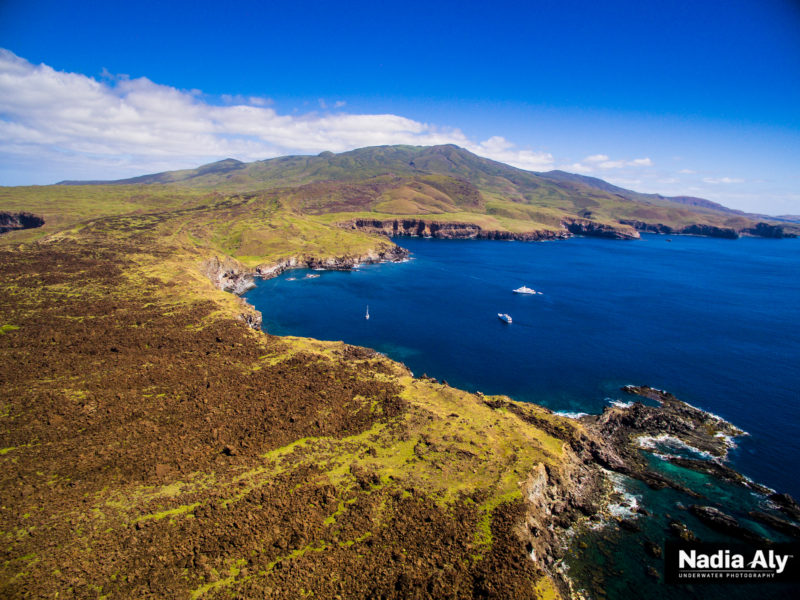 The area features incredible marine biodiversity, including the manta rays that draw so many divers. The islands are also home to four sea turtle species, almost 40 species of sharks and rays and 366 species of fish, some of which are endemic to the islands. Many migratory marine animals, such as whales, tuna, sharks and sea birds, also use the islands as a way point on their journey.
The area features incredible marine biodiversity, including the manta rays that draw so many divers. The islands are also home to four sea turtle species, almost 40 species of sharks and rays and 366 species of fish, some of which are endemic to the islands. Many migratory marine animals, such as whales, tuna, sharks and sea birds, also use the islands as a way point on their journey.
The Pew Bertarelli Ocean Legacy Project (PBOLP) collaborated with the Mexican government and conservation organizations to help create the reserve. Under the declaration, gas and oil extraction, commercial fishing, and development for tourism in the area will be prohibited.
“This decree will create a gold standard for marine conservation, a sanctuary for ocean life,” said PBOLP director Matt Rand to Live Science.
More marine reserves are needed
Large marine reserves like this one help the area by not making their own ecosystems more resilient to climate change, but also help struggling ecosystems around them, said Rand, particularly in areas with coral reefs.
“It’s called the spillover effect,” he explained to Live Science. “If we have healthy ecosystems that are fully populated, we have corals spawning. The polyps travel and can regenerate coral reefs in areas at significant distances, hundreds or thousands of miles.”
To maintain healthy ocean ecosystems, scientists and the International Union for Conservation of Nature (IUCN) recommend that governments designate at least 30 percent of the world’s oceans as protected areas, according to the PBOLP. Right now, we protect less than 10 percent of the ocean at all, with less than 2 percent fully protected from natural-resource extraction and development.


